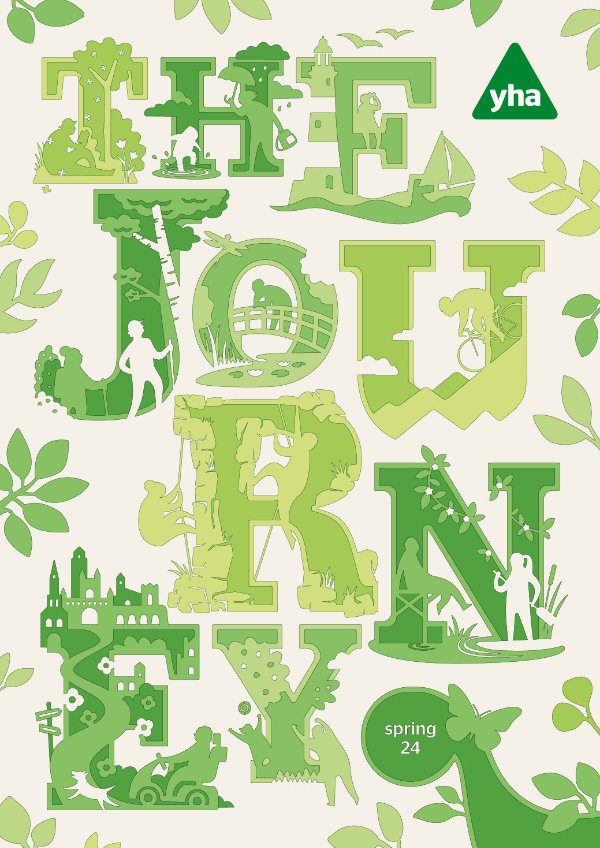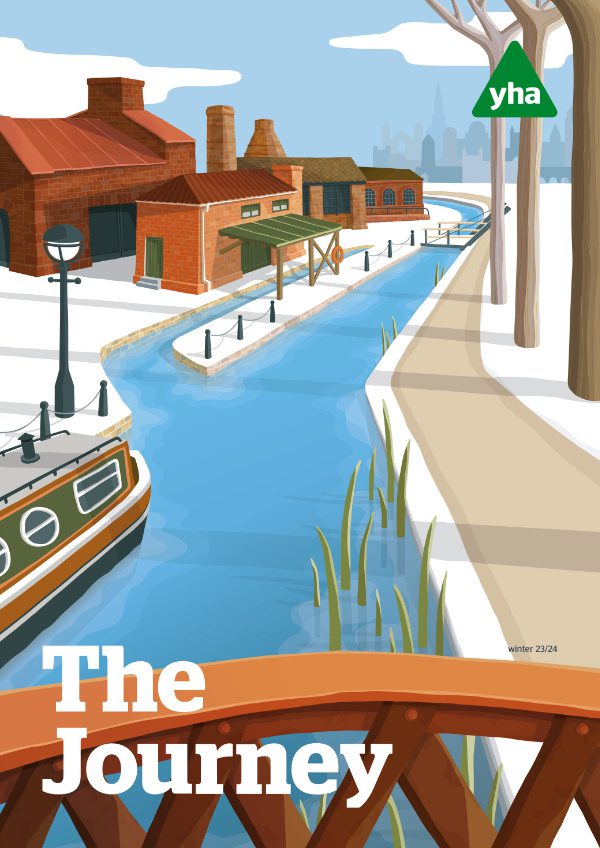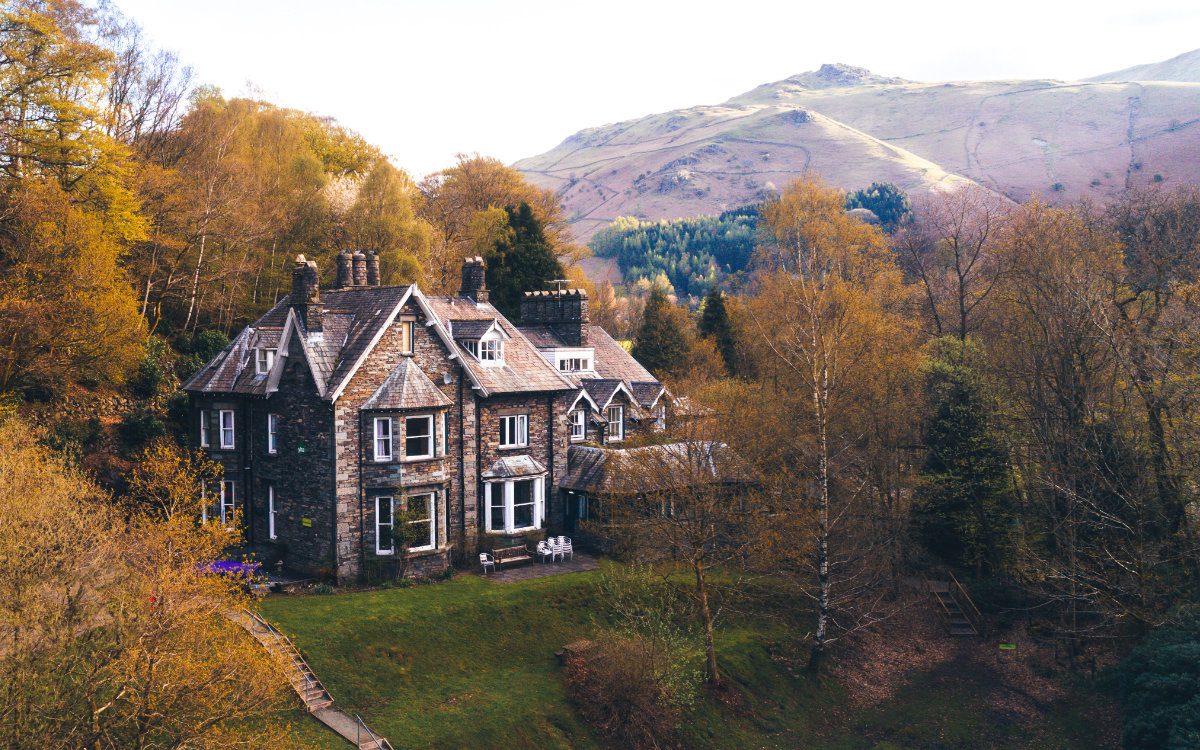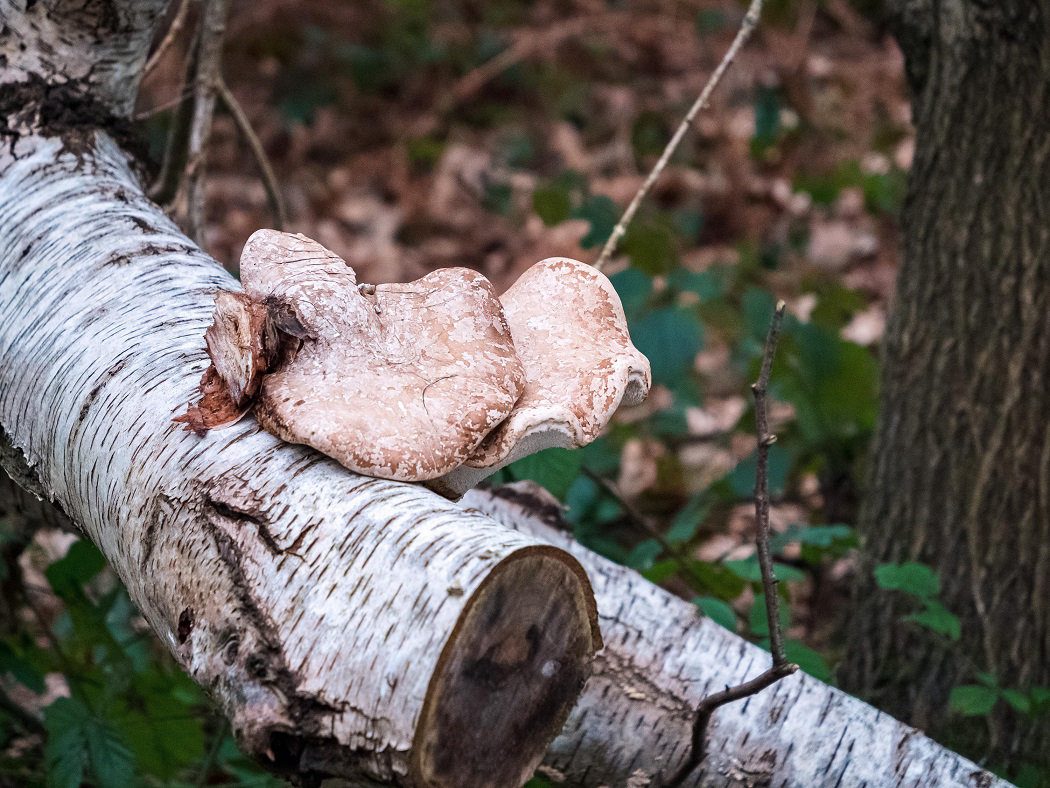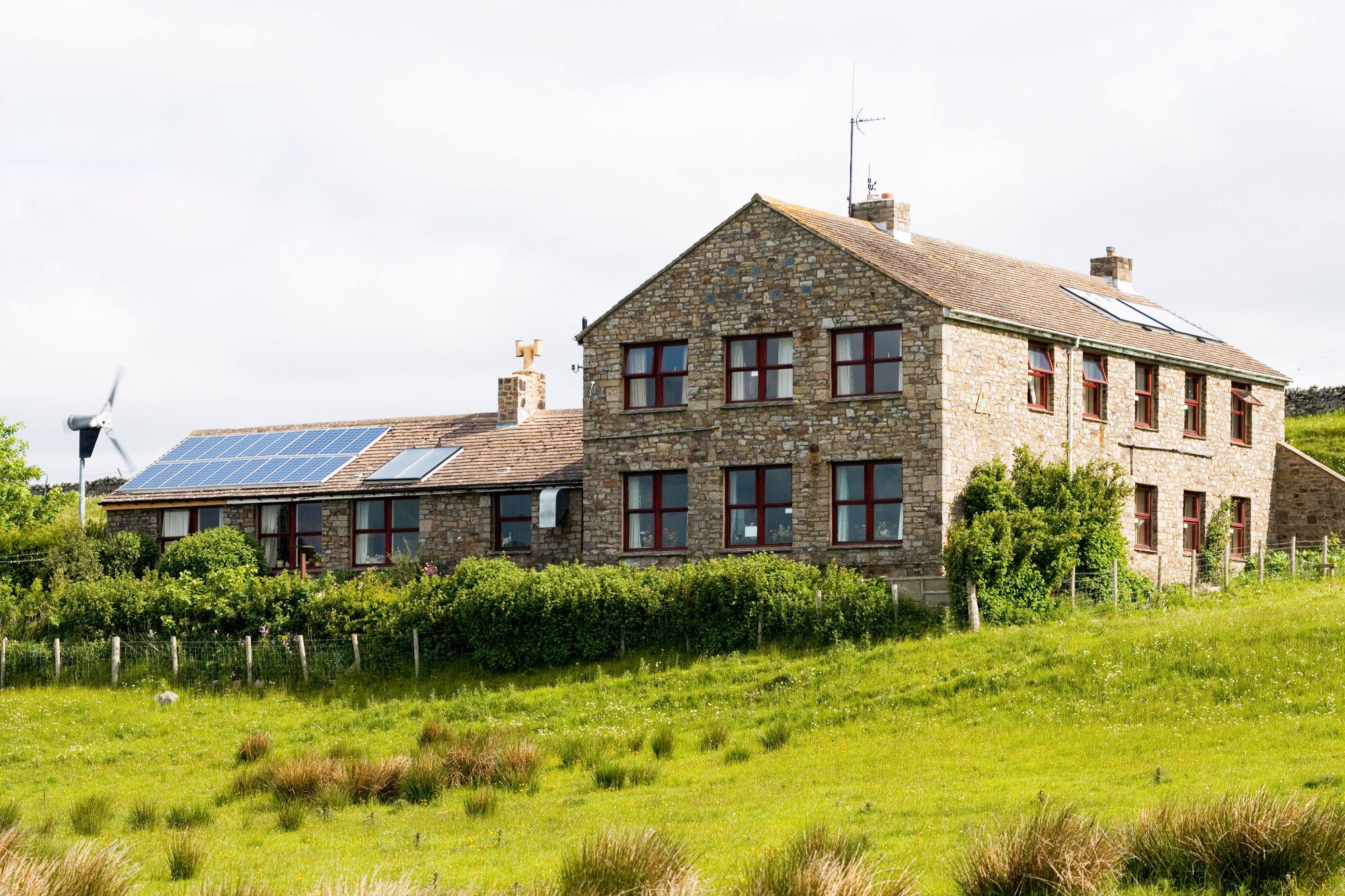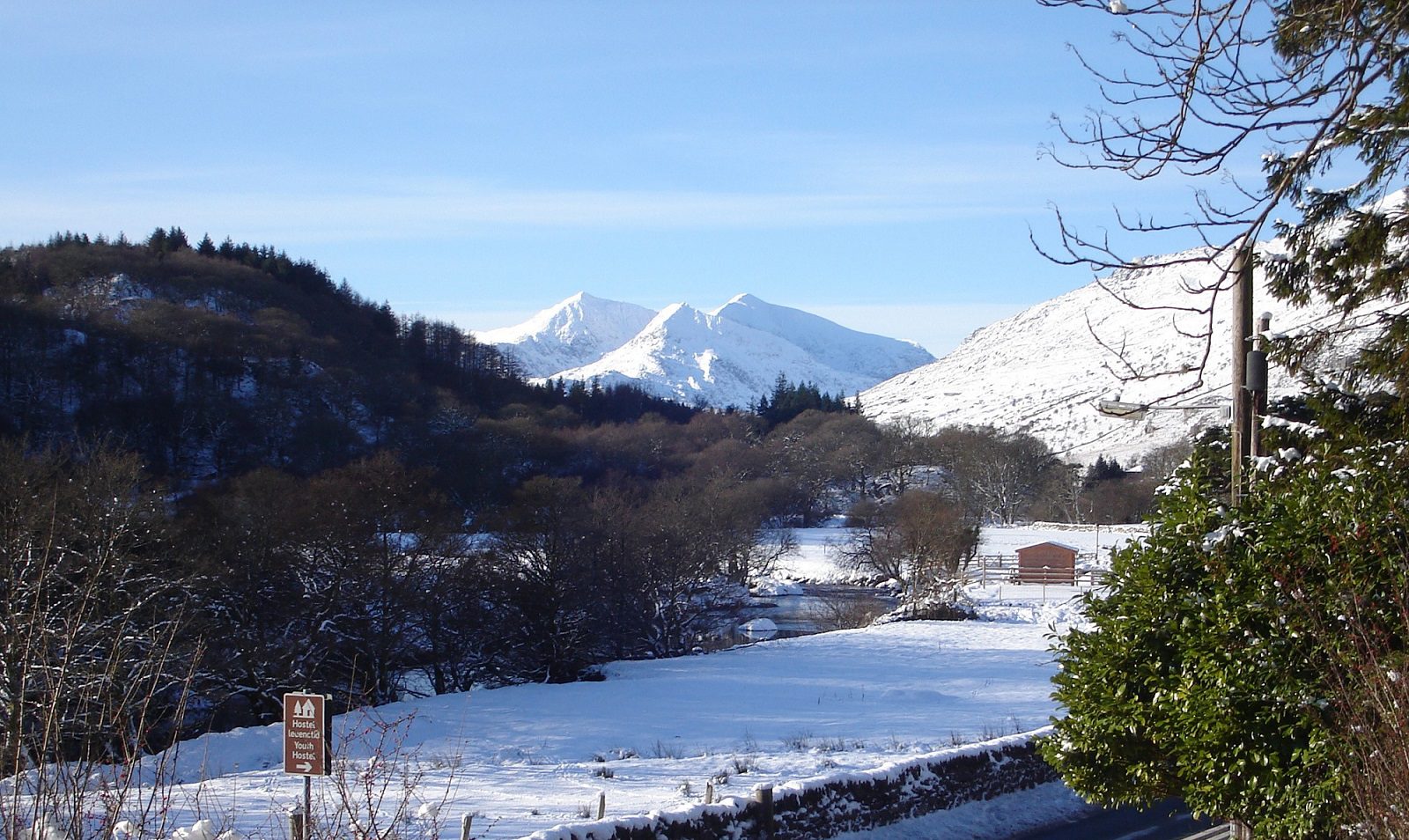According to the 2021 census, there are now around 33 million people in England and Wales living in cities. This figure is seemingly getting larger all the time — as are the cities themselves. But as our urban areas continue to creep outwards and encroach on the countryside, what happens to the wildlife? Some of it has simply adapted to life in the city, as these examples show.
Foxes
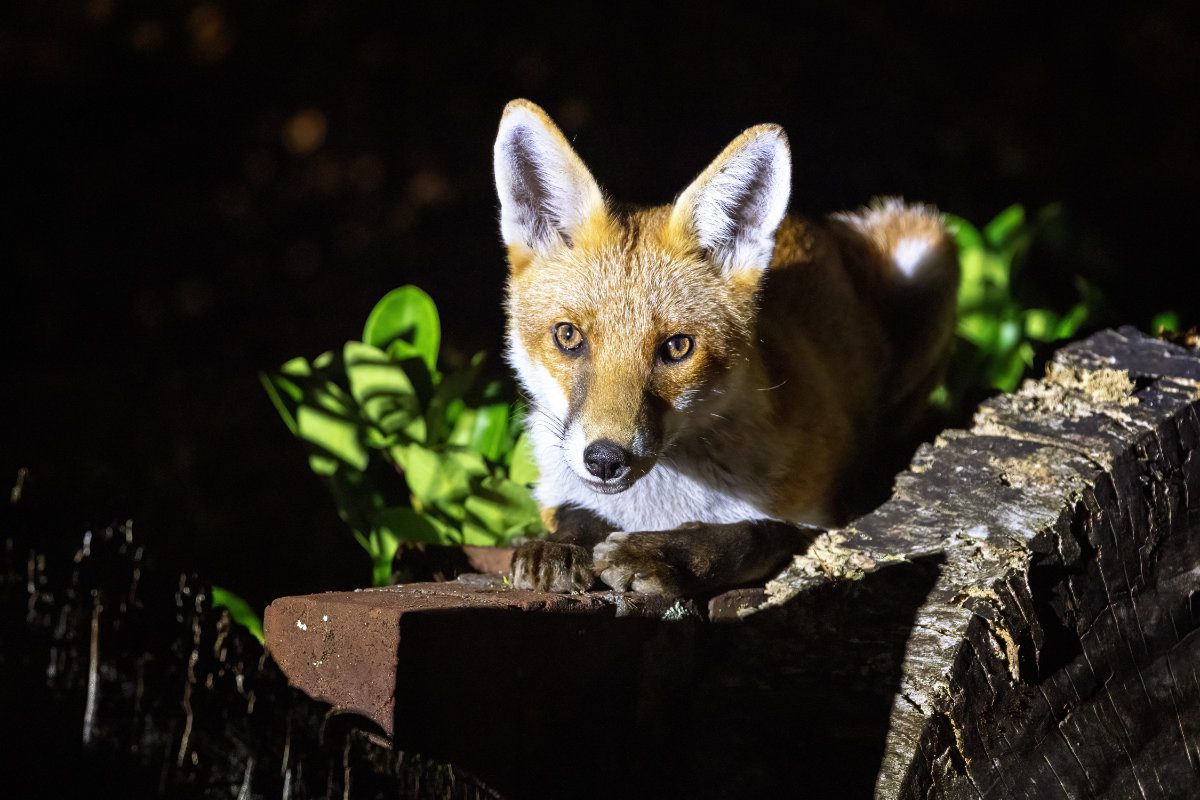
Urban foxes were first spotted in the UK in the 1930s, and they’ve since become adept at city living. As with various other urban animals, it’s easier for them to find food in built-up areas than it is to hunt down a meal in the countryside. They’re not especially fussy eaters, so food scraps and chucked-out chicken bones keep them more than happy. Many foxes seem also to have learned that it’s safer to crossroads at night than during the day.
Peregrine falcons
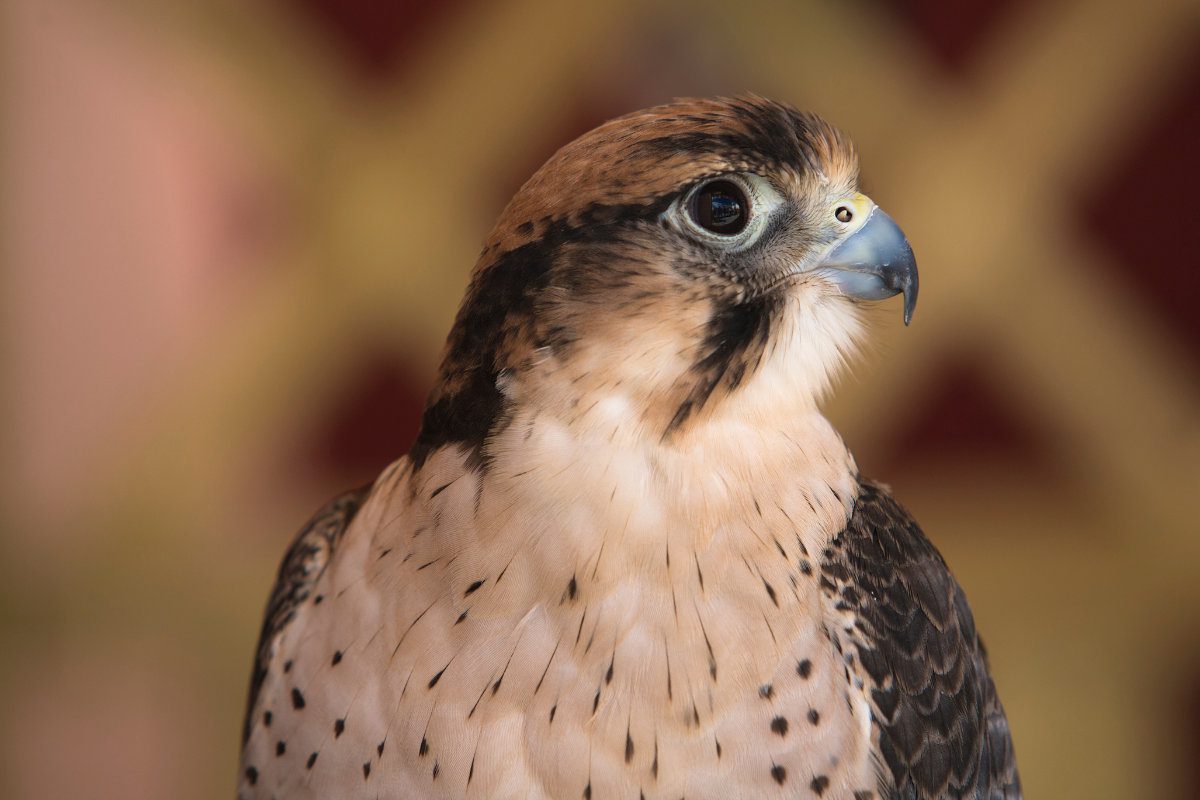
The fastest bird in the world evolved to swoop down from clifftops and mountain ledges, but in UK cities it can be spotted perching at the top of tall buildings, from where it can plummet towards the ground to catch gulls, starlings and — a particularly cherished peregrine delicacy — urban pigeons. In London, they’ve been seen everywhere from the Houses of Parliament to the Tate Modern.
Parakeets
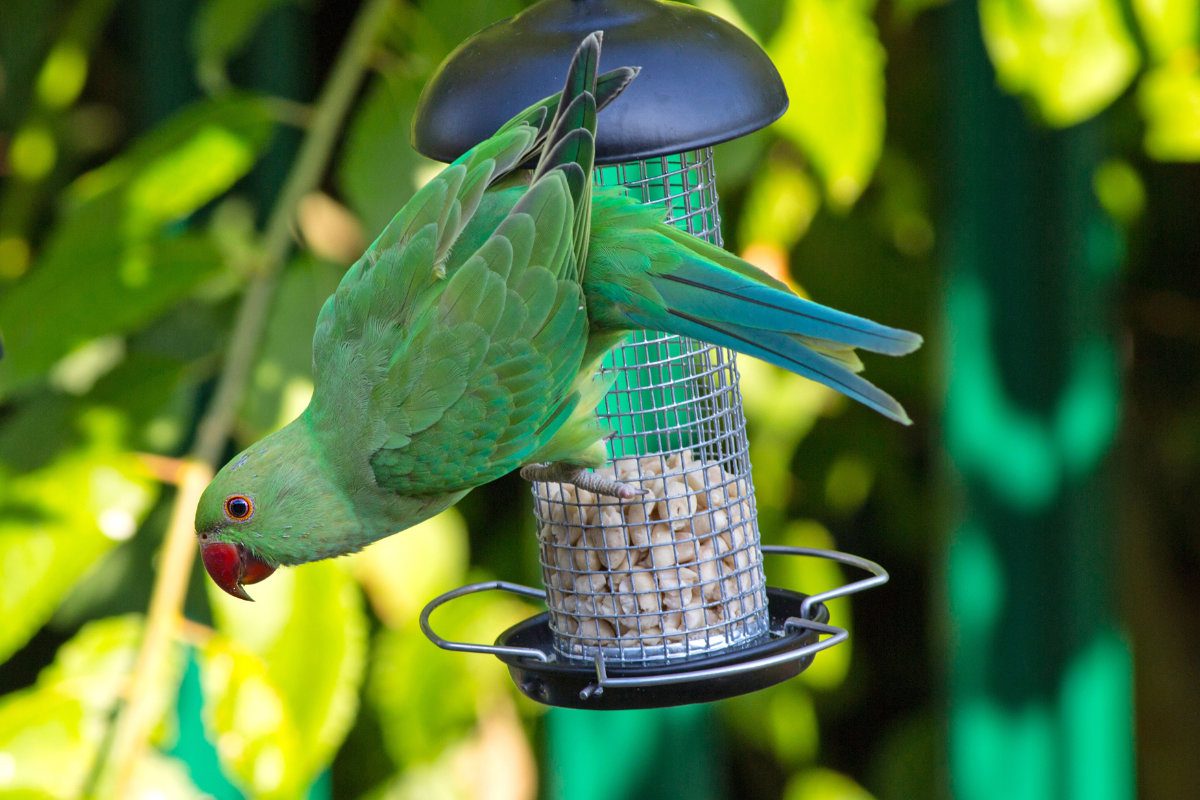
Their paintbox colours betray their original home in the tropics, but today there are thousands of wild parakeets in London. Theories abound as to how and why they first arrived here — one (almost certainly apocryphal) story claims that iconic American guitarist Jimi Hendrix imported the first one — but regardless of the facts, they’ve adapted well to the British chill.
Red deer
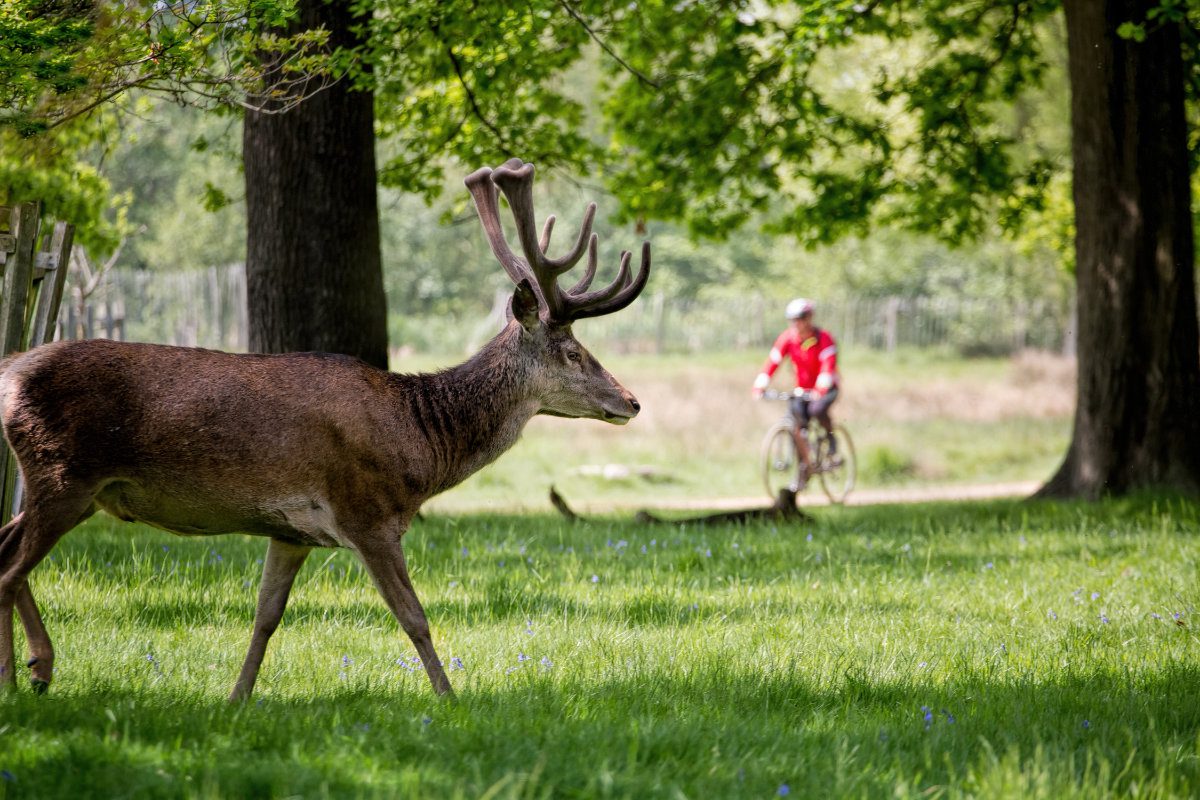
Population growth, expanding city limits and the ready availability of food have all contributed to increased sightings of deer in urban areas. Places like London’s Richmond Park are famed for their resident herds, but they’ve also been spotted in inner-city boroughs in places like Sheffield and Glasgow.
Mice

London’s maze of underground tunnels is home to rats, rare mosquitoes — and around half a million mice. Known as ‘Tube mice’, these tough rodents forage for crumbs on the tracks and platforms and have to cope with trains thundering over their heads every few minutes. It’s likely that they never see daylight.
Swifts
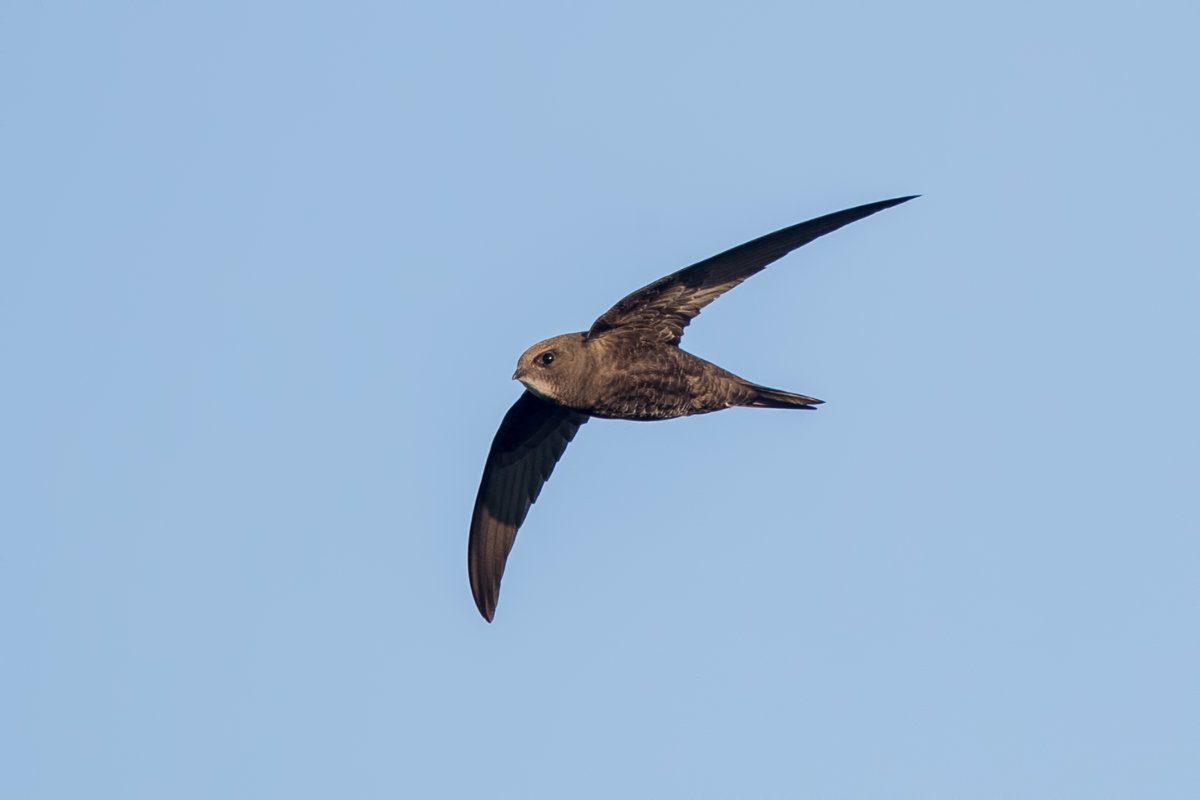
These fast-flying birds are a common summer sight above the rooftops of various UK cities, scything through the air with their trademark high-pitched screech. They migrate each year from Africa, returning to our shores when the weather becomes warmer to nest in roof spaces and other suitable nooks and crannies. They have a habit of returning to the same nesting spot each year, sometimes for multiple generations.
Bats

When the sun goes down, urban animals often stir to life. This is especially true of bats, which mostly roost in trees and — thanks to the prevalence of public parks and gardens — find plenty of options in the confines of a city. The most common bat in the UK is the common pipistrelle, which can weigh as little as three grams but can eat thousands of insects in a single night.
Owls
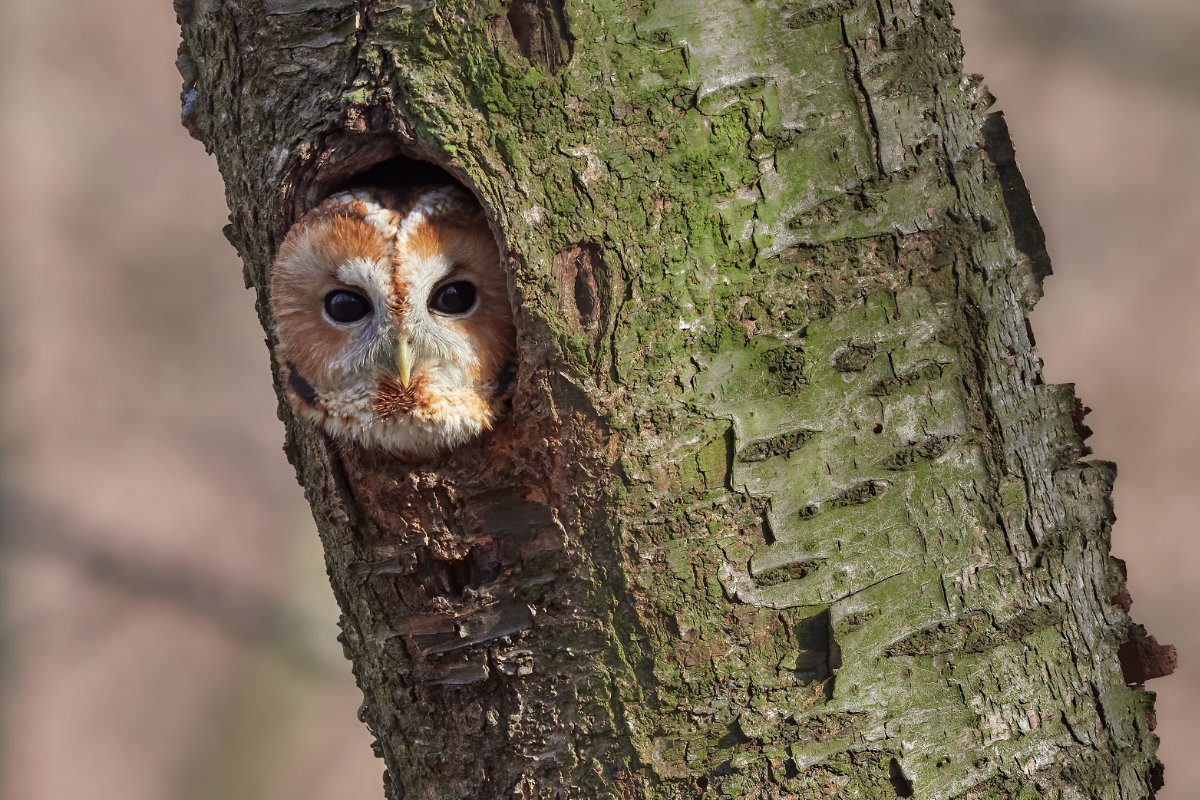
Parks, railway thickets, churchyards and even back gardens can all play home to these feathered denizens of the night. Tawny owls are traditionally found in rural woodland, but many now live in our cities. Their shy nature and stealthy flight patterns means they’re not easy to see — but you’re in for a treat if you get lucky.
Find your perfect YHA city break today and get exploring
Read next: Tried and tested: winter 2023
